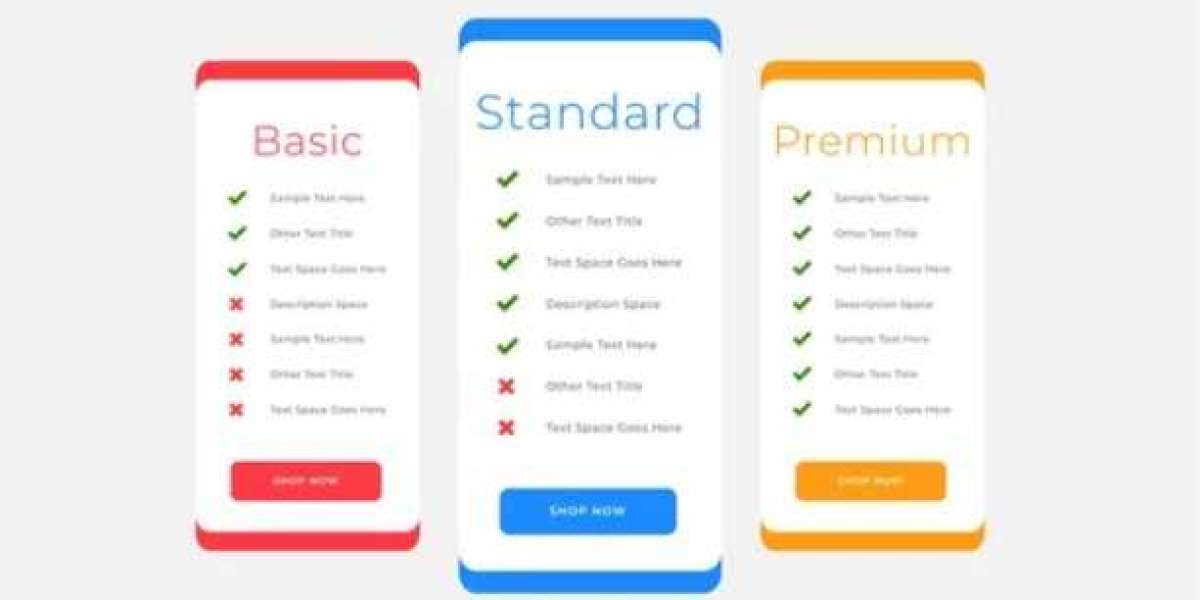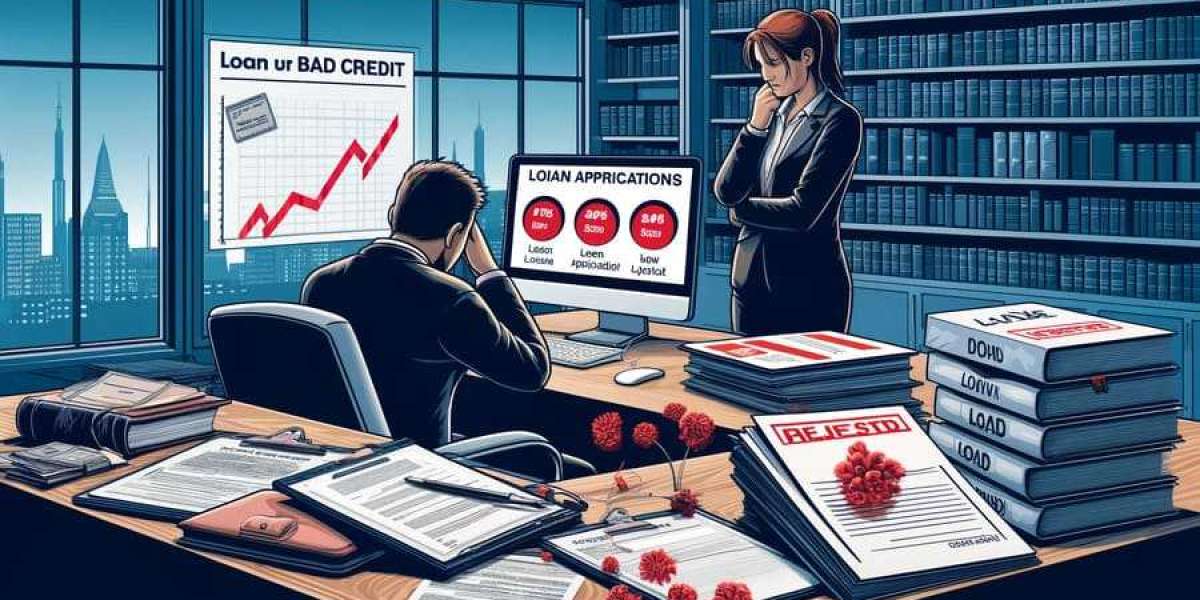A website is more than a pretty design—it’s a functional asset. It should load quickly, be intuitive, and support your objectives, whether selling goods, offering services, or sharing knowledge. To achieve this, you need a budget that’s practical and goal-driven. Here’s how to put one together.
1. Clarify Your Site’s Goals
Start with purpose, not trends. What’s your website for? An e-commerce platform needs shopping cart features. A freelancer’s site requires a portfolio showcase. A blog needs a system for seamless content updates.
Be precise to avoid unnecessary costs. Consider:
- How many pages are essential?
- Do you need tools like forms, scheduling systems, or payment gateways?
- Who’s supplying the text and images?
- Is branding part of the scope?
These details guide the web design services you’ll need and their pricing.
2. Know the Cost Components
Here’s what typically goes into a web design budget:
- Web Designer Fees: Freelancers charge $500–$5,000 for basic sites. Agencies, with teams for design and development, often start at $3,800. Agencies cost more but handle complex projects.
- Domain and Hosting: Domains run $12–$22/year. Hosting costs $4–$95+/month, depending on shared or dedicated plans. Some web design services bundle hosting—check its quality to avoid performance issues.
- Design and Development: Design is about style; development ensures it works. Custom coding for features like user logins or specialized forms raises costs.
- Content: Words, photos, and videos shape your site’s impact. Doing it yourself saves money, but pros like copywriters or photographers add professionalism.
- Ongoing Costs: Sites need updates, backups, and security. Maintenance plans cost $60–$230/month, or you can manage it yourself.
3. Templated vs. Custom Design
Templated sites, built on platforms like WordPress, are cost-effective and quick to launch. Custom sites, designed specifically for you, are pricier but offer tailored functionality or branding. Tight budget? Go templated. Need something unique? Invest in custom.
4. Demand Clear Quotes
A good web designer offers itemized estimates. For instance:
- Homepage: $1,250
- Secondary pages: $600
- Mobile compatibility: included
- Blog integration: $350
- SEO essentials: $200
- Training for updates: $125
This clarity lets you tweak or prioritize features.
5. Use a Budget Range
A range, like $3,000–$5,600, is better than a single figure. It accounts for surprises, like adding a feature or enhancing imagery during the project.
6. Time Is a Cost
Your hours are valuable. Spending days on content or troubleshooting takes you away from your core work. Hiring a web designer Singapore for these tasks often makes financial sense.
7. Design for Growth
Your site should work today and tomorrow. Ensure it can:
- Support new offerings
- Handle traffic spikes
- Be updated easily
A slightly higher upfront cost for scalability saves later.
8. Prevent Mid-Project Additions
Changing plans mid-build—like adding pages or features—drives up costs. Lock in requirements early. If you want extras, get a cost estimate first.
Final Thought: Spend Wisely
The best website isn’t the flashiest—it’s the one that delivers. Focus on functionality, mobile optimization, and clear content over trendy effects.
To explore web design services, consult multiple web designers. Ask for detailed quotes and confirm they understand your vision. What type of site are you building?








